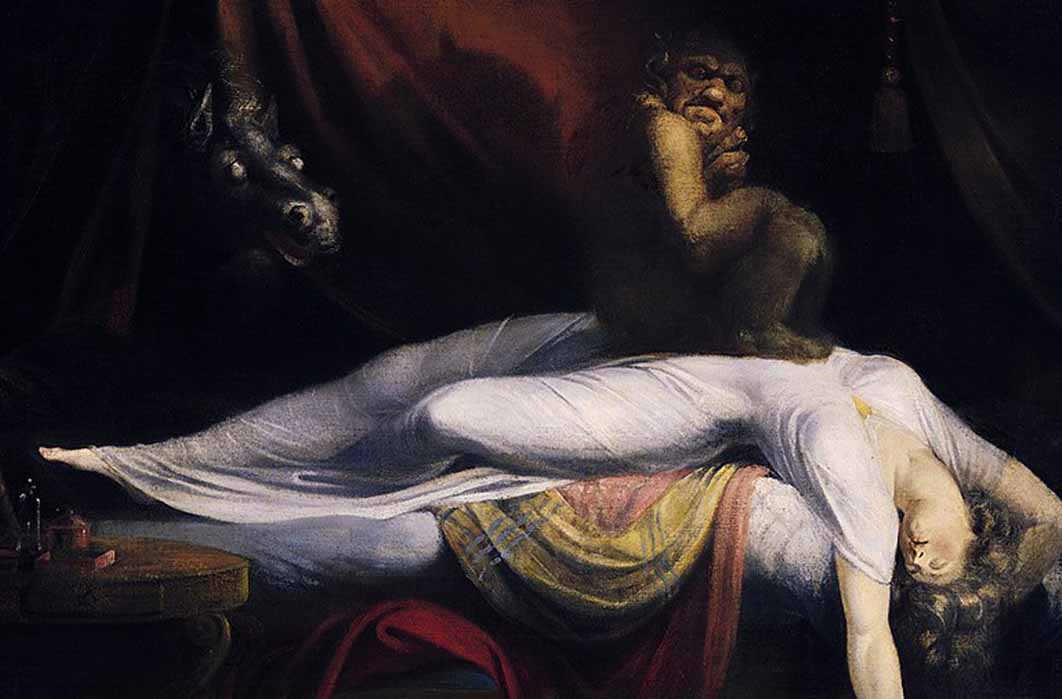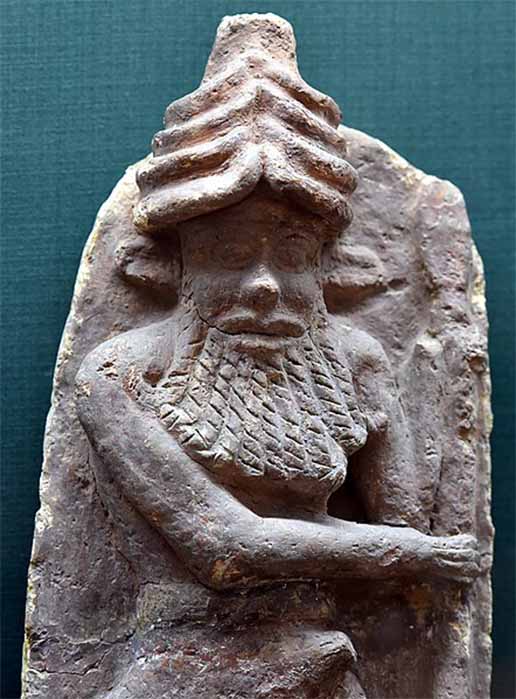
The Dream Realms Of Morpheus, Sisig, Baku, And Njorun
‘The Sandman’ a comic book written by Neil Gaiman and published by DC Comics from January 1989 to March 1996, is considered one of the very best modern insights into sleep and dreams in the ancient world. It is widely credited as one of the most sophisticated, and artistically ambitious comic books ever written and while the first part of the series presents horror stories and the second section explores fantasy themes, the last instalment delves into classical and contemporary mythology on dreams.

Cover of The Sandman vol. 2, #1 (Jan, 1989). Cover art by Dave McKean. (Fair Use)
According to Natasha Bershadsky, a lecturer in Classics at Harvard University: “In the ancient world dreams linked the mortal and divine realms, portended disasters, healed the sick, and revealed the structure of the cosmos, and they could also deceive and be misinterpreted or parodied”. By looking at how ancient people perceived dreaming, and how they interpreted what they dreamt, one can derive much about how they personified their natural world, striving to bring logic into order.

Daniel interprets Nebuchadnezzar's Dream by Franz von Hauslab the Younger (1815) Metropolitan Museum of Art (Public Domain)
Dreamers in Mesopotamia
Written during the reign of Ramses II (1279-1213 BC) and now held in the British Museum, the Ramesside Dream Book is the only surviving ancient Egyptian book of dreams. This papyrus text contains 227 dream images and interpretations for each one, explaining whether they are good or bad dreams. Furthermore, the so-called first great work of literature ever written, the ancient Mesopotamian Epic of Gilgamesh dating to 2100 BC, is all about dreams.
According to historian Annette Zgoll in her paper Dreams As Gods And Gods As Dreams. Dream Realities In Ancient Mesopotamia From The Third To The First Millenium BC, the earliest sources for dream practice and dream theory stem from ancient Mesopotamia in the area which is now modern Iraq. The Akkadian ‘Epic of Gilgamesh’ also talks about the prophetic power of dreams, wherein the hero Gilgamesh has two dreams foretelling of his friend Enkidu’s arrival. Tablet VII of the epic Enkidu recounts a dream of Gilgamesh in which the gods Anu, Enlil, and Shamash condemn him to death and he also has a dream about visiting the Underworld.

Terracotta wall panel depicting Enkidu, Gilgamesh's dream friend. He wears a horned helmet and his lower body is bull-like. Ur, Iraq (2027-1763 BC) Iraq Museum in Baghdad. (Osama Shukir Muhammed Amin / CC BY-SA 4.0)




